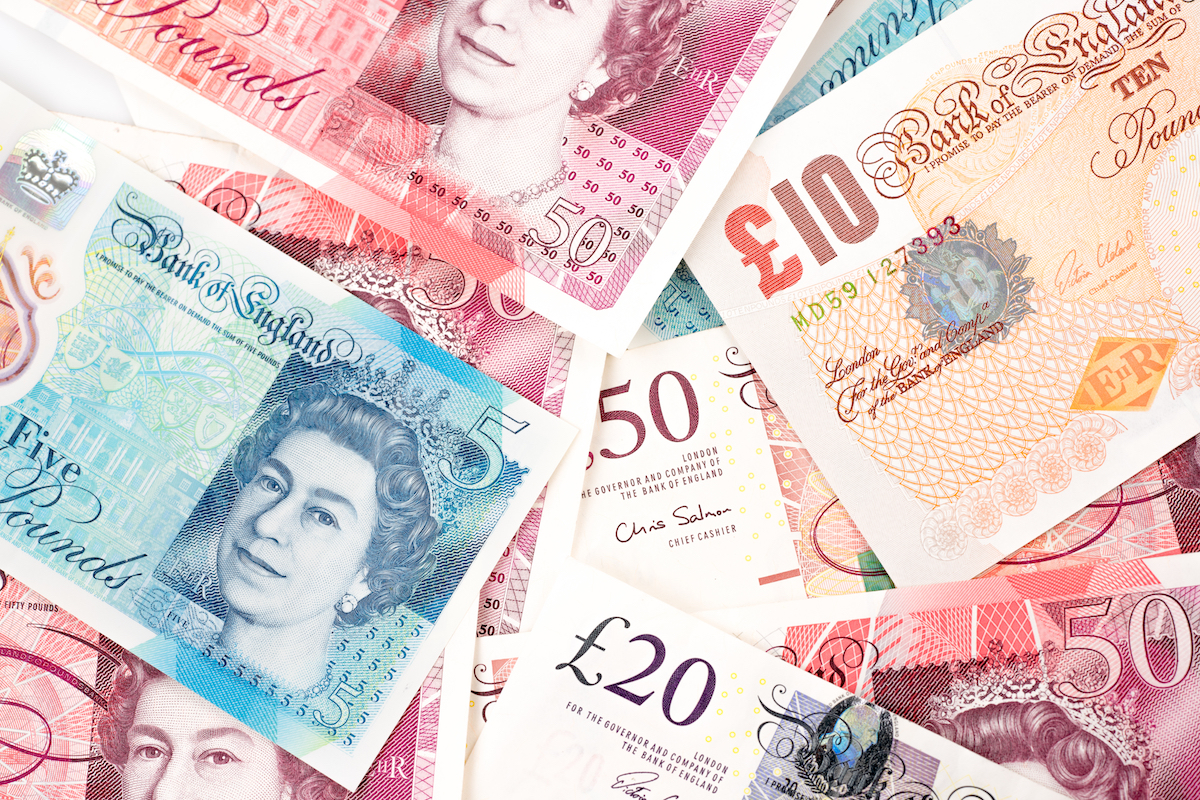Dear visitor,
You're reading 1 of your 3 free news articles this quarter
Register with us for free to get unlimited news, dedicated newsletters, and access to 5 exclusive Premium articles designed to help you stay in the know.
Join the UK's leading credit and lending community in less than 60 seconds.
Bank to business lending to fall in 2021 figures
Bank to business lending is forecasted to fall to minus £1.6bn, from 2020’s £35.5bn, in 2021, according to the EY ITEM Club.

Senior Journalist, covering the Credit Strategy and Turnaround, Restructuring & Insolvency News brands.
The picture is however not the same for all businesses. Small and medium enterprise debt, for example, rose by more than a quarter from February 2020 to October 2021, going from £167bn to £210bn, indicating that smaller firms have needed greater financial assistance from banks through the pandemic.
As for net consumer credit lending, it’s forecast to fall by 0.7% in 2021 - adding to 2020’s 9.8% decline - due to savings amassed in lockdowns and low levels of new car sales. A return to growth of 6.6% is expected in 2022, but this would still leave the stock of unsecured debt almost five percent below 2019’s pre-pandemic level.
In contrast to this, mortgage lending is forecast to rise by four percent in 2021 - the fastest increase since 2007 - though it’s expected to ease back slightly to three percent in 2022. This reflects the end of the stamp duty holiday in September and pressure on household incomes from higher inflation.
According to EY, the amount of business and corporate loans is expected to be around £478bn, down from the £479bn recorded in 2020. This is expected to go up to £489bn in 2022, and up to £499bn in 2023.
As for overall economic growth, this is expected to have expanded by 6.9% in 2021. But, as the effect of economic headwinds become more apparent, growth is forecast to slow to 5.6% in 2022.
It also expects consumer spending to rise by 3.9% in 2021 and 6.8% in 2022. The 2021 figure is partly driven by the fact that consumer spending rose by 7.2% quarter by quarter in the second quarter of 2021 as Covid-19 restrictions were relaxed.
However, as pent-up demand faded, growth slowed to two percent quarter by quarter in the third quarter of 2021. In addition to this, the growing cost of living pressures mean prospects for real household income growth and consumption have weakened.
This increase in living costs has seen Consumer Price Index inflation hit 4.6% in November 2021, and is expected to remain above three percent until the second half of 2022.
Despite this, EY said strong household finances should help to compensate for the weaker outlook for income growth. “Excess” savings built up by household incomes were around £170bn in the second quarter of 2021 - which is equivalent to almost 11% of annual household incomes and 10% of consumer spending.
Stay up-to-date with the latest articles from the Credit Strategy team
Get the latest industry news






